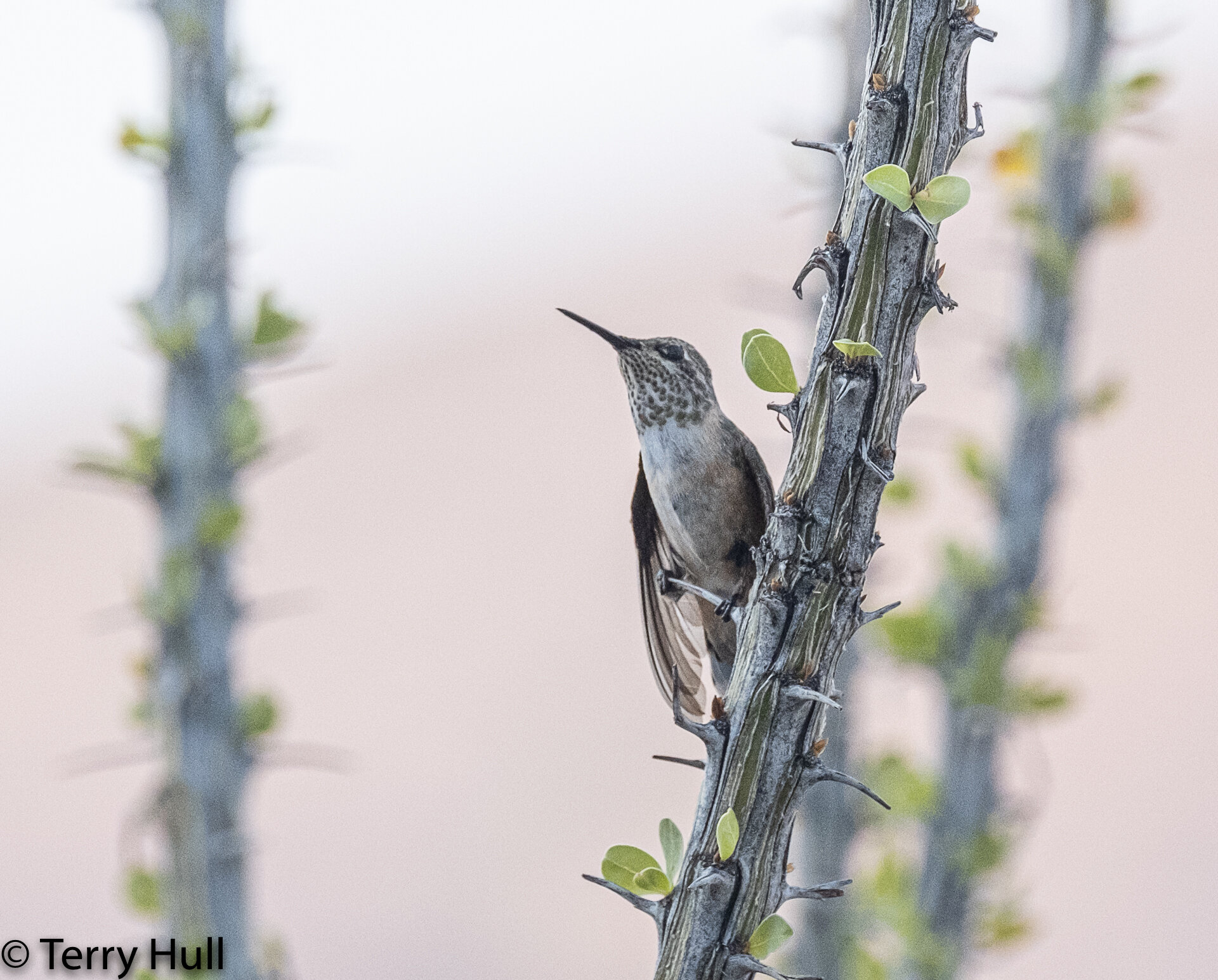Nature
Organ mountain moonrise
Yep it is a cliche, but this moonrise reminds me of a Japanese woodblock print.
Western
Diamond
back
Always need to be alert for these ambush predators. Not a good idea to leave garage doors open, as they look for warmth in cooler weathers. A field biologist neighbor was responsible for relocating this to a new home in the desert. I was able to get relatively close to this snake under knowledgeable guidance.
Rare
House
Finch
A neighborhood field biologist tells me this is a Yellow Variant House finch. Perhaps the only rare bird I have photographed.
Cebollas
Untitled
Sword
Fight
Hummingbirds weigh less than your thumb, but are considered very territorial as they defend feeding spots.
Rufous
humming
bird
LOOK CLOSELY UNDER THE EYE AND YOU WILL SEE EYELASHES WHICH ARE REALLY FEATHERS
FISH
hOOK
Cactus
Serengeti
Black
chinned
humming
bird
Winter
Northern
Cardinal
Untitled
Twins….
Or Trump and Biden….don’t want to be political..just sayin’
Javelina
Taken in Bosque del Apache, it is the only one I have encountered in my many desert walks. I estimate this one was a 30-40 pounder, and after a brief gander at me he went on his way.
Roadrunner
Egryt
Purple coneflowers,
tiger swallowtail
BLACK CROWNED HERON
great blue heron
Green heron
Bird aficionados will recognize the bright orange legs defining a male during the mating season
northern harrier
These raptors are fun to shoot as they frequently fly at low levels scanning the ground for rodents.
sandhill
crane
In 2018 three sandhill cranes appeared in Bucks County PA. Perhaps the inherent GPS needed to be reset as they are infrequent visitors to Bucks County. Like their Great Blue Heron sisters, the raucous chatter isn’t easily missed.
Western Meadow
Lark
The first of its kind I had seen. Taken in the Owens River Valley outside Death Valley National Park, California. Since then I have seen how prevalent they are in NM.
Steller’s
Jay
This pretty bird is the West coast version of the East coast Blue Jay.
appetizer
Great Blue Heron’s (GBH) are among my favorites to photograph. Their large size lessens the need for very long telephotos, but it is the amazing digestive systems that allow them to eat small fish, pictured here, as well as three or four pound smelt also pictured on this website.
Great Blue Heron
It took about 5 minutes for this heron to align the fish so his throat could handle it. Once further down the neck the fish was still alive and causing a ruckus going down. Perhaps they have an alligator like digestive system?
Peck Farm
The Peck farm outside of lovely Geneva, IL, has a butterfly net surround visitor center along with 300 plus acres for exploration.
sandhill
crane
Bosque del Apache 2019. Seems odd this bird would be nest building in November. I later learned this is a year round courting action as males present nest building in the form of “ beautiful sticks,” not necessarily for nest building.
Road
Runner
This bird didn’t mind me getting close, hence I was able to get an image that required less telephoto lens than I typically need. Shortly after arriving in Southern NM I encountered a RR being stalked by Wiley. After seeing me the coyote decided to forgo breakfast.
Snow
Geese
In spite of being a nuisance bird due their diet and large numbers, I find them pretty. This picture was taken during at Bosque del Apache, a birders paradise for photographing sand hill cranes.
Loggerhead Shrike
These wanna be raptors have a small hook in their beak which allows them to eat lizards after they have killed them by pushing them against cactus needles
Blue Grosbeak
Western Meadow Lark
They chant their songs non-stop. Is it any wonder why poets over the centuries have frequently referred the Larks?
mexican Spadefoot Toad
A thumb sized toad that can appear in large numbers after heavy rains. Thanks to Dr. Mark for assisting with identification and making photo possible.
Brown
thrasher at sun
rise
The neighborhood bully can create pretty bird music
killdeer
Is a type of Plover
Eli
As a friend said “dogs have owners and cats have staff”





































